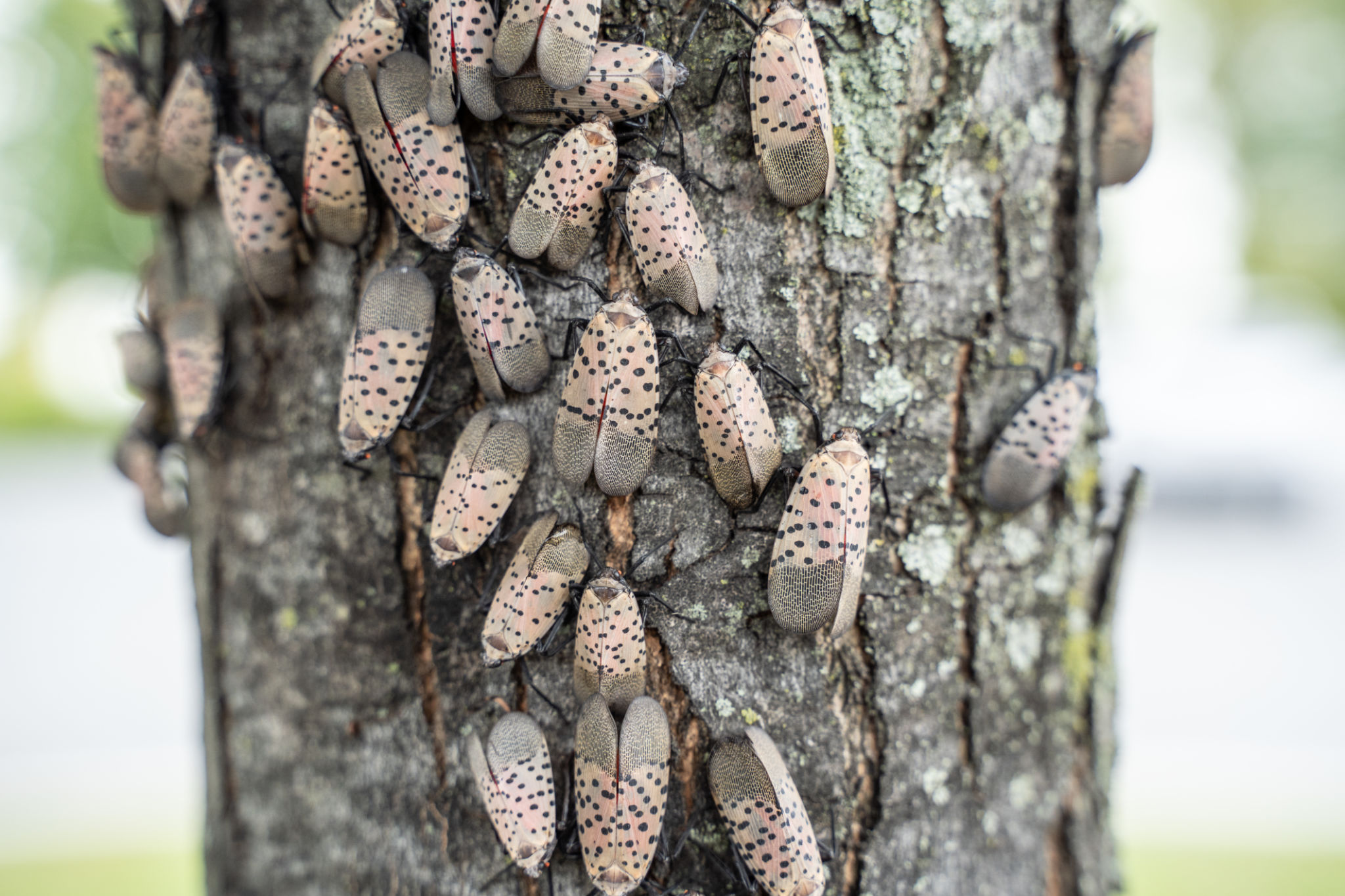Emerging Pest Threats in Australia: What You Need to Know
Understanding Emerging Pest Threats
Australia, with its diverse ecosystems and climate conditions, is home to a wide array of unique wildlife. However, it also faces challenges from emerging pest threats. These pests can have significant impacts on agriculture, biodiversity, and public health. Understanding these threats is crucial to developing effective management strategies.
Emerging pests are often non-native species that have been introduced to the environment. They can spread rapidly due to a lack of natural predators, causing ecological imbalances. The increasing global trade and travel contribute to the introduction of these pests, making it a growing concern for Australia.

Impact on Agriculture
Agriculture is a vital industry in Australia, and emerging pests pose a serious threat to crop production. These pests can cause extensive damage to crops, leading to significant economic losses for farmers. Some of the common emerging agricultural pests include fall armyworms, Russian wheat aphids, and brown marmorated stink bugs.
Fall armyworms, for example, are known for their voracious appetite and ability to rapidly destroy crops such as corn, rice, and sorghum. Farmers must be vigilant in monitoring their fields and employ integrated pest management strategies to mitigate the damage caused by these pests.

Biodiversity at Risk
The introduction of invasive species also threatens Australia's rich biodiversity. Native plants and animals can be outcompeted by invasive species, leading to declines in native populations. Feral animals like rabbits and foxes have long been a problem, but new emerging pests continue to challenge conservation efforts.
These threats necessitate coordinated efforts between government agencies, environmental groups, and local communities to protect native species. Conservation programs often focus on habitat restoration and the removal of invasive species to preserve Australia's unique ecosystems.

Public Health Concerns
In addition to ecological and agricultural impacts, emerging pests can also pose risks to public health. Mosquito-borne diseases such as dengue fever and Zika virus are particular concerns as invasive mosquito species establish themselves in new areas.
Public health campaigns aimed at reducing mosquito breeding sites and raising awareness about protective measures are essential in combating these diseases. Community involvement and education play a key role in minimizing the public health impact of pest-related diseases.
Strategies for Management and Prevention
Effectively managing emerging pest threats requires a multifaceted approach. Key strategies include:
- Early Detection: Implementing surveillance programs to identify pest outbreaks early.
- Research and Innovation: Developing new technologies and methods for pest control.
- Collaboration: Encouraging partnerships between government, industry, and communities.
- Education: Raising awareness about the importance of biosecurity measures.
By employing these strategies, Australia can better protect its agricultural resources, biodiversity, and public health from the threats posed by emerging pests.

The Role of Individuals
Individuals also have a role to play in managing pest threats. Simple actions such as properly disposing of waste, maintaining gardens, and reporting unusual pest sightings can contribute to broader pest control efforts.
Understanding the importance of biosecurity and adhering to guidelines when traveling or importing goods can help prevent the introduction of new pests. Community engagement is vital in creating a collective defense against these threats.
Looking Forward
The challenge of emerging pest threats in Australia is ongoing, but with proactive measures, it is possible to mitigate their impact. Continued research and collaboration will be crucial in developing innovative solutions to protect Australia's environment and economy from these growing challenges.
The future depends on our ability to adapt and respond swiftly to these emerging threats. By staying informed and involved, we can help safeguard Australia's unique natural heritage for generations to come.